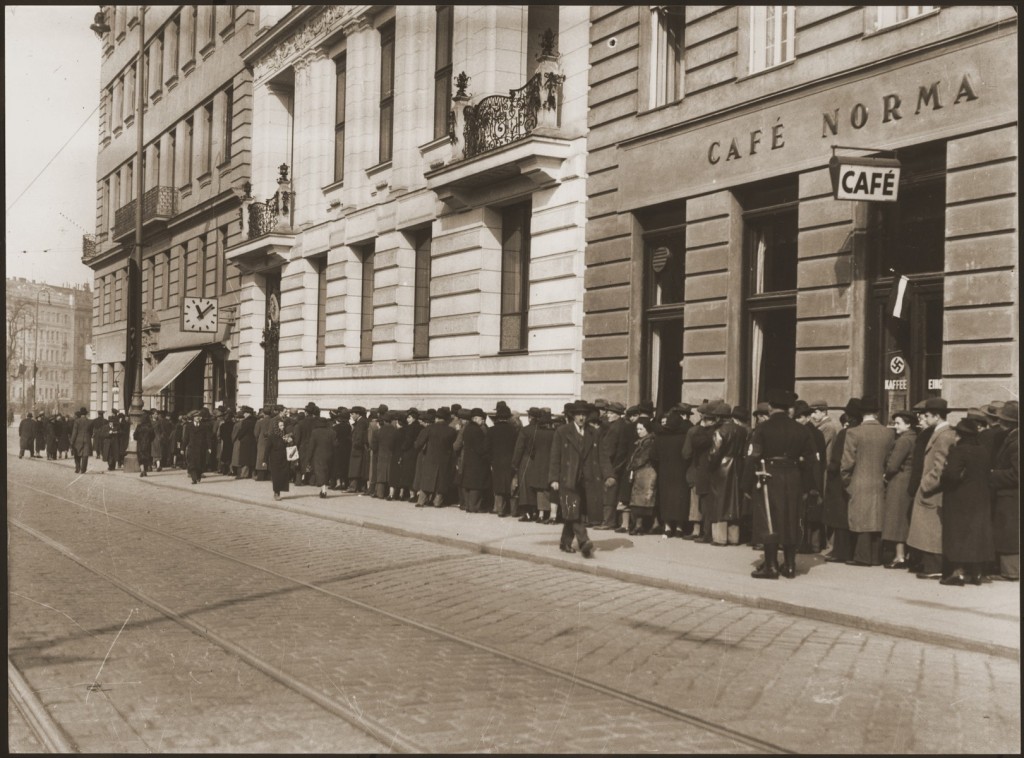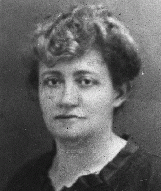
Austria
Before World War II, Jews played an important role in Austria's economic and cultural life. In 1938, Austria had a Jewish population of about 192,000, representing almost 4 percent of the total population. The overwhelming majority of Austrian Jews lived in Vienna, the capital, an important center of Jewish culture, Zionism, and education. Jews comprised about 9 percent of the city's population. However, by December 1939 their number had been reduced to just 57,000, primarily due to emigration.
The Anschluss: The German Annexation of Austria

After a prolonged period of economic stagnation, political dictatorship, and intense Nazi propaganda inside Austria, German troops entered the country on March 12, 1938. They received the enthusiastic support of most of the population. Austria was incorporated into Germany the next day. In April, this German annexation was retroactively approved in a plebiscite that was manipulated to indicate that about 99 percent of the Austrian people wanted the union (known as the Anschluss) with Germany. Neither Jews nor Roma (Gypsies) were allowed to vote in the plebiscite.
Following the Anschluss, the Germans quickly extended anti-Jewish legislation to Austria.
The Camp System in Austria
The Mauthausen concentration camp was established in the summer of 1938, after the German incorporation of Austria. Mauthausen became the main Nazi camp in Austria. It was built near an abandoned stone quarry, along the Danube River, about 12.5 miles southeast of Linz. The Germans designated the Mauthausen concentration camp a category III camp, indicating that it was a special penal camp with a harsh regimen. Inmates in the punishment detail, for example, were forced to carry heavy stone blocks up 186 steps from the camp quarry. The steps became known as the "Stairway of Death."
During the war, forced labor using concentration camp prisoners became increasingly important to German armaments production. In the summer and fall of 1944, subcamps under the administration of Mauthausen were established near armaments factories throughout northern Austria. The staff at Mauthausen administered more than 60 subcamps, including Gusen, Gunskirchen, Melk, Ebensee, and Amstetten. Thousands of prisoners were worked to death.
In addition to Mauthausen and its subcamps, other camps in Austria extended from Lochau in the west to Strasshof in the east.
Kristallnacht in Austria, November 1938
Kristallnacht (often referred to in English as "Night of Broken Glass") was particularly brutal in Austria. During this nationwide anti-Jewish riot, most of the synagogues in Vienna were destroyed, burned in full view of fire departments and the public. Jewish homes and businesses were also vandalized and ransacked. Jews were assaulted and even killed. Thousands of Jewish men were arrested and sent to concentration camps. Jewish emigration increased dramatically in response to both the German incorporation of Austria and Kristallnacht.
Deportations from Austria

During World War II, German policy regarding the Jewish population shifted from one of expropriation and Jewish emigration to one of forced deportation. The Nazis deported thousands of Jews from Austria to occupied Poland and elsewhere in occupied eastern Europe.
Systematic mass deportations from Vienna, as elsewhere in Greater Germany, began in October 1941. The Nazis established centers where Jews were to be assembled before deportation. About 35,000 Jews were deported from Vienna to ghettos in eastern Europe, mostly to Minsk, Riga, and Lodz, and to ghettos in the Lublin region of Poland. Most Jews sent to Minsk and Riga were shot by detachments of the Einsatzgruppen shortly after arrival. Over 15,000 Viennese Jews were deported to Theresienstadt. Thousands of Jews were also sent to concentration camps in Germany. By November 1942 only about 7,000 Jews remained in Austria, mostly those married to non-Jews. Some Jews remained in hiding.
Soviet and American forces occupied Austria in April and May 1945.
Critical Thinking Questions
Investigate the history of antisemitism in Austria before the Anschluss. How did this set the stage for the Nazi takeover?
Was the Austrian population aware of the existence and role of Mauthausen and its many subcamps? How would you begin to research this question?
Learn about Jews in Austria who were leaders in their fields of the arts, the sciences, and the humanities. Did they escape before the deportations?

